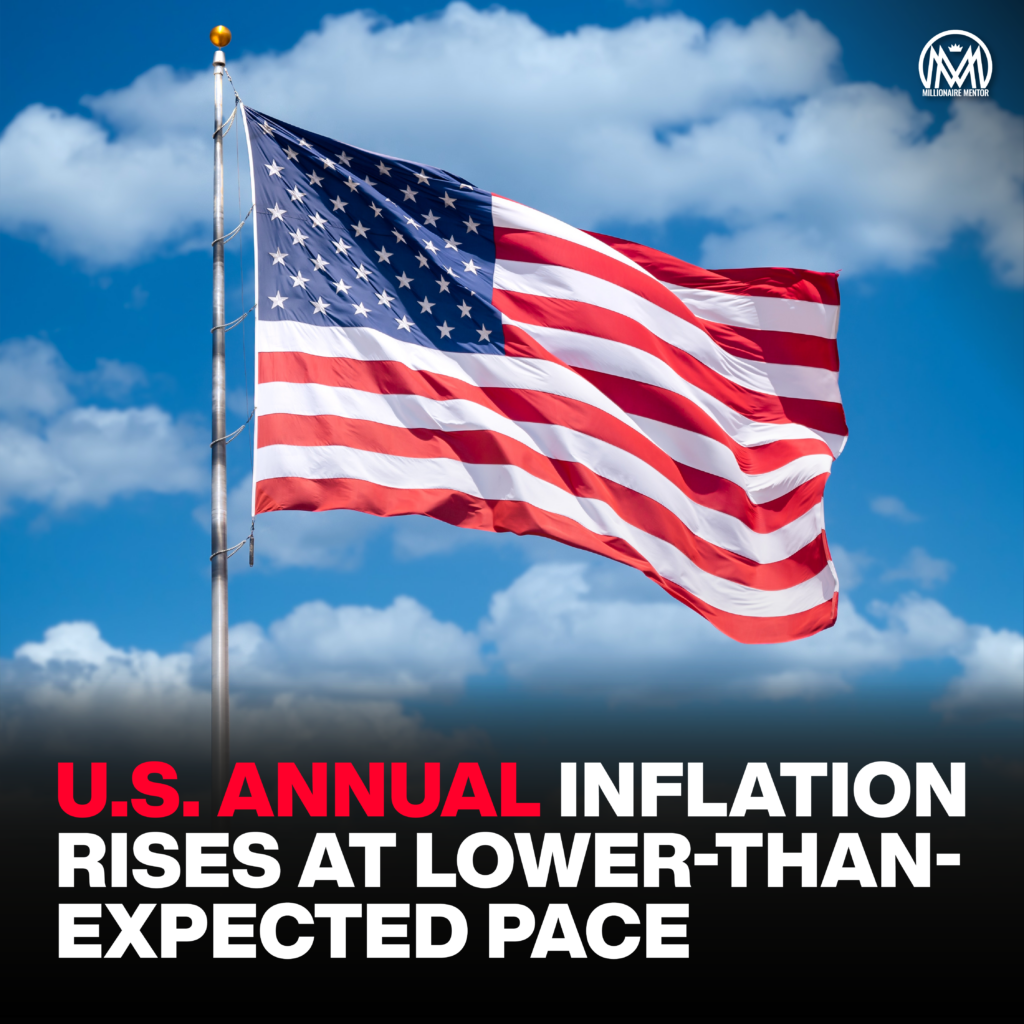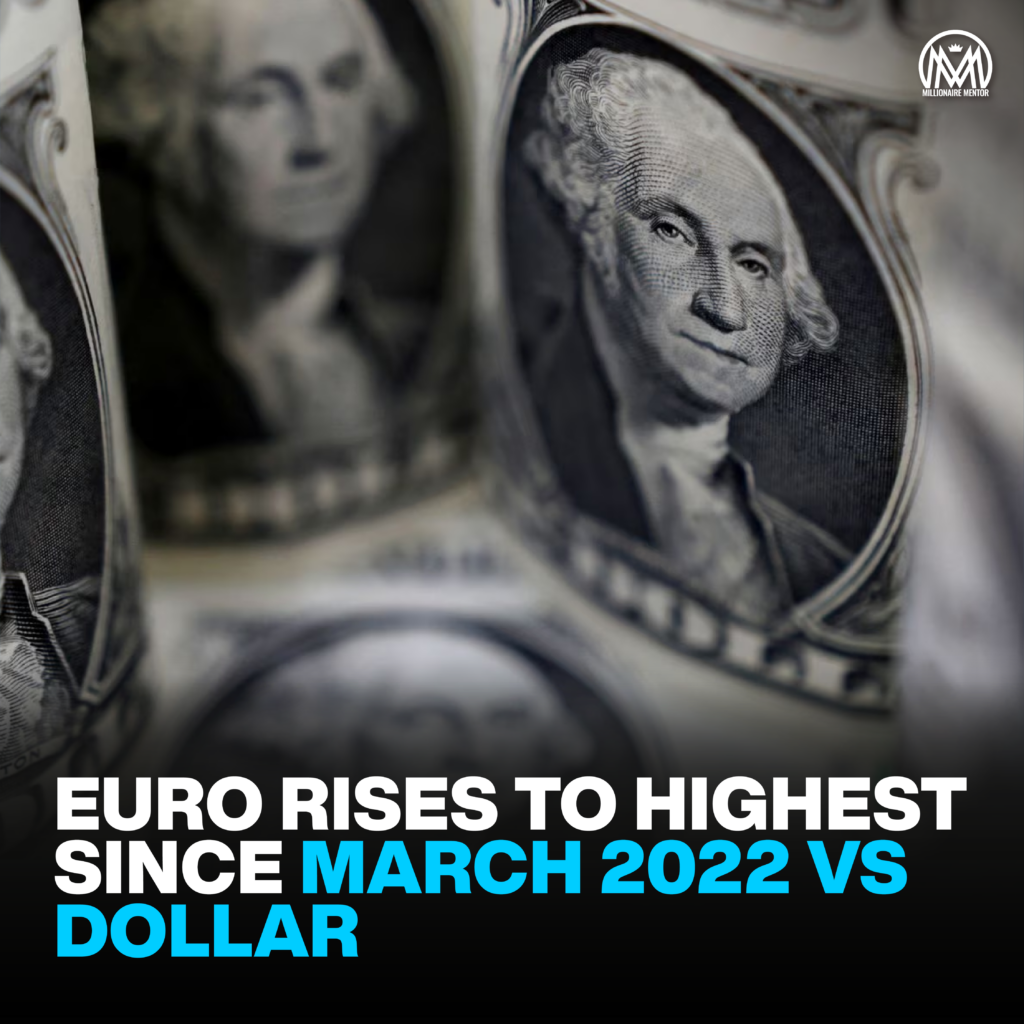In a surprising turn of events, the United States dollar falls and reaching its lowest level since April 2022. The dollar’s slide has grabbed the attention of global financial markets, prompting concerns about its long-term stability and potential consequences for the world economy. In this article, we will delve into the reasons behind this decline, explore its implications, and discuss how it may impact various stakeholders.
Factors Contributing to the Dollar Falls.
Global Economic Recovery: One of the primary factors influencing the dollar’s decline is the ongoing global economic recovery. As countries rebound from the pandemic-induced recession, investor confidence has shifted away from the traditional safe-haven status of the dollar towards riskier assets. This trend has led to capital outflows from the United States, exerting downward pressure on the currency.
Divergence in Monetary Policies: Another crucial factor is the divergence in monetary policies pursued by central banks worldwide. While the U.S. Federal Reserve has maintained a relatively accommodative stance to support the economic recovery, other central banks, such as the European Central Bank and the Bank of England, have signaled tighter monetary policies. This difference in approach has made the dollar less attractive to investors seeking higher interest rates elsewhere.
Inflation Concerns: Rising inflationary pressures have also played a role in the dollar’s decline. As consumer prices increase, the purchasing power of the currency erodes, diminishing its attractiveness. The Federal Reserve’s response to inflation, including keeping interest rates low and maintaining its bond-buying program, has contributed to these concerns.
Implications of the Dollar’s Weakening
Exports and International Trade: A weaker dollar can benefit U.S. exporters by making their goods and services more affordable in international markets. This could potentially boost export-driven industries such as manufacturing and agriculture. However, importers may face higher costs for foreign goods, which could lead to increased prices for consumers.
Inflation and Consumer Purchasing Power: A depreciating dollar can contribute to higher import prices, leading to inflationary pressures in the domestic economy. As the costs of imported goods rise, consumers may experience a decrease in their purchasing power, potentially impacting their standard of living.
Foreign Investment and Capital Flows: A weaker dollar may discourage foreign investors from parking their funds in U.S. assets, such as treasury bonds or stocks. Reduced foreign investment could result in higher borrowing costs for the U.S. government and businesses, potentially hindering economic growth.
Global Financial Markets: The dollar’s decline can impact global financial markets in various ways. It may cause fluctuations in exchange rates, making it more challenging for businesses and investors to plan and hedge their currency exposures. Currencies of emerging market economies may face additional volatility and potential challenges in managing their external debt.
The recent plunge of the U.S. dollar to its lowest level since April 2022 has raised concerns about its stability and potential consequences for the global economy. Factors such as the global economic recovery, divergence in monetary policies, and inflation concerns have all contributed to the dollar’s decline. While a weaker dollar may offer some advantages for U.S. exporters, it can also lead to inflationary pressures, impact consumer purchasing power, and affect foreign investment and capital flows.
As the situation unfolds, policymakers and market participants will closely monitor the dollar’s trajectory and its broader implications. It remains to be seen how long this trend will persist and whether the U.S. dollar will regain its strength or continue its downward trajectory.


Trending News Articles
 Robby Clark: Confessions of a Successful Serial Entrepreneurby Wade Foxx●October 28, 2021
Robby Clark: Confessions of a Successful Serial Entrepreneurby Wade Foxx●October 28, 2021 TikTok Places ByteDance Founder Among China Moguls in Singaporeby Jason Stone●May 8, 2024
TikTok Places ByteDance Founder Among China Moguls in Singaporeby Jason Stone●May 8, 2024 @theecomwolf will show you how she build a…by Jason Stone●March 9, 2023
@theecomwolf will show you how she build a…by Jason Stone●March 9, 2023 How BIG would you dream if you knew you co…by Jason Stone●June 14, 2023
How BIG would you dream if you knew you co…by Jason Stone●June 14, 2023





